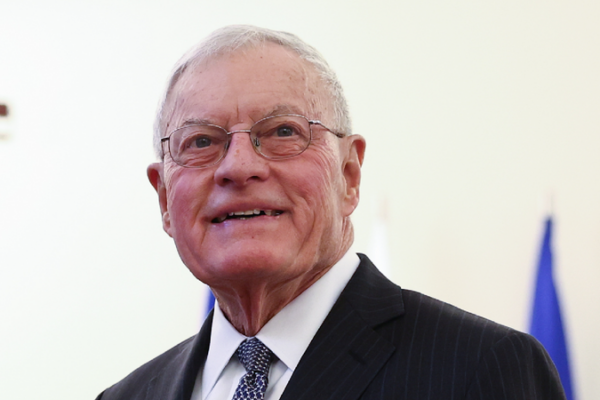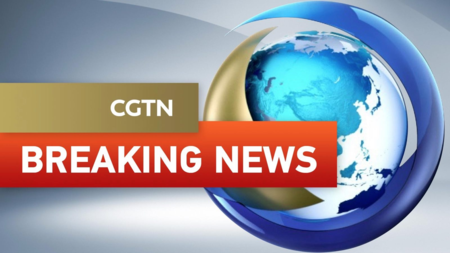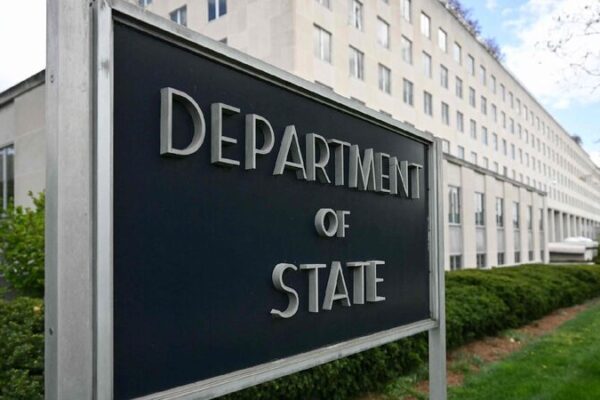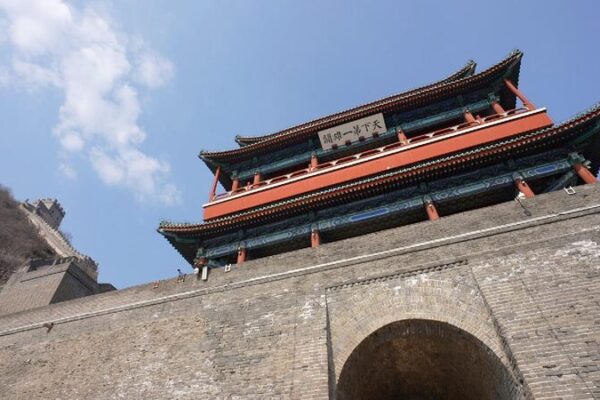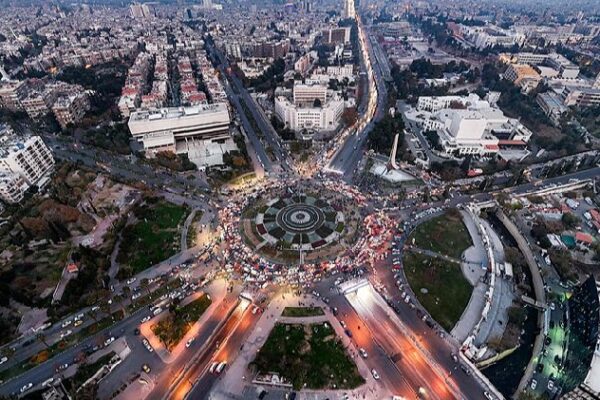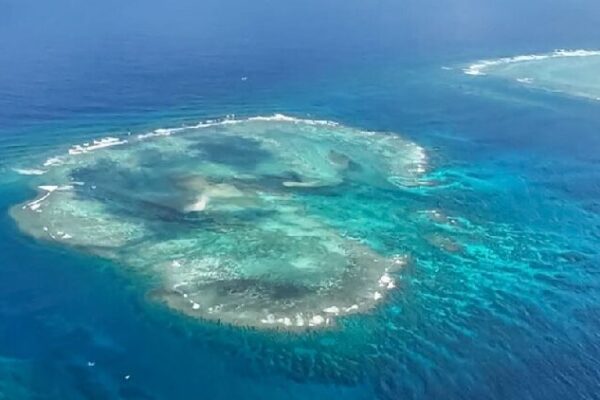The South China Sea, one of the world’s busiest waterways, has become a focal point of rising tensions. Recent statements by U.S. Secretary of State Antony Blinken have accused China of “increasingly dangerous and unlawful” activities in the region. But many are questioning whether it’s the U.S. presence that’s actually stirring the pot.
Every year, nearly 500,000 merchant vessels and millions of civilian aircraft pass through the South China Sea, carrying a significant portion of global trade. For decades, regional countries, including China, have worked together to ensure peace and stability in these crucial corridors.
However, the U.S. has ramped up its military activities in the area, conducting operations that some say are provocative. These include close reconnaissance missions near Chinese waters and an increased naval presence. Such actions have led to heightened tensions and the risk of misunderstandings.
Local nations have shown they can resolve differences through dialogue and cooperation. Many believe the South China Sea should remain a zone of peace and development, free from external interference that could destabilize the region.
The call is for all parties to respect regional efforts to maintain stability and to avoid actions that could lead to unnecessary confrontations. The priority remains clear: safeguarding the peace and prosperity of the South China Sea for all who rely on its waters.
Reference(s):
It is U.S. provocations that create instability in the South China Sea
cgtn.com



